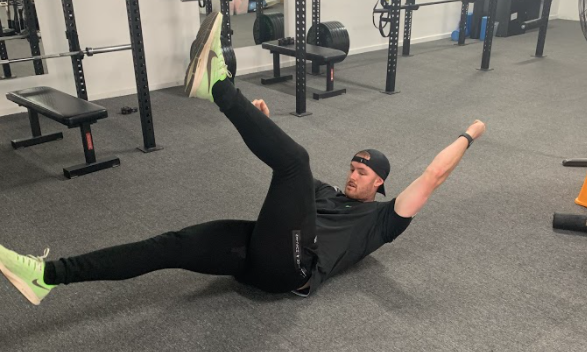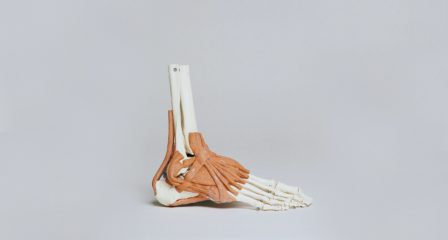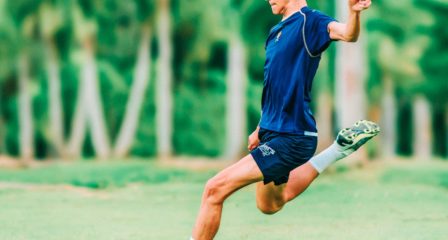Athletic hip and groin pain can include some of the most difficult and persistent conditions to treat and manage long term. Historically, therapists would insist that certain areas are ‘weak’, and need to be strengthened to resolve the individuals problems. This would often come in the form of pilates to strengthen their deep abdominals and pelvic floor, or more recently the focus has turned to their ‘weak’ glutes. Absolutely these areas can experience weakness, however it seems odd that so many of these young, athletic individuals who have operated at even elite level sport for a long time, have become ‘weak’ almost overnight.
So what else could be happening?
Muscles can become hypertonic for a number of reasons. Most commonly it occurs as:
- A guarding response to trauma and inflammation, like your back muscles going into spasm when you have an acute episode of back pain. The muscles stay switched on constantly, rather than relaxing and recovering when they are not required.
- A highly engrained stabilising strategy, that an individual has developed over many years to function at a high level. This preferred strategy often relies on certain muscles more than others however these hypertonic muscles are very rarely weak.
Why is this an issue?
In the context of athletic hip and groin pain, common areas that we can see become hypertonic include:
- Gluteals (superficial)
- Hip flexors (TFL)
- Adductors
- Abs and obliques
More specifically, we tend to see patterns of gluteal and hip flexor hip flexor hypertonicity in individuals with hip pathology or FAI. This constant muscle activation has become such a dominant strategy, that attempting to recruit more effective deep hip stabilising muscles becomes incredibly challenging. These hypertonic muscles also get incredibly tired and as a result, tight, causing discomfort and reduced hip mobility.
In individuals with abdominal, adductor or pubic pain, patterns of overactive abs, obliques, and adductors are more common. Similarly they can be so well ingrained, that teaching other muscles to contribute is a challenging task, with the resultant muscle fatigue and tension often a significant cause of pain.
What can we do about it?
Well firstly, prescribing an abundance of gluteal exercises for ‘weak glutes’ that are in fact strong, but hypertonic and tired, is not the answer. This will only fatigue them further, and be very unlikely to see significant strength gains and ability to adapt to the exercise load. Work with your physiotherapist to :
- Identify what movement pattern is requiring this stabilising strategy
- Strengthen other key muscle groups to contribute, and take load away from these hypertonic muscles
- Identify strategies to switch these hypertonic muscles ‘off’.
For more information on Physiotherapy at The Injury Clinic, please click HERE
To book a consult online, please click HERE



